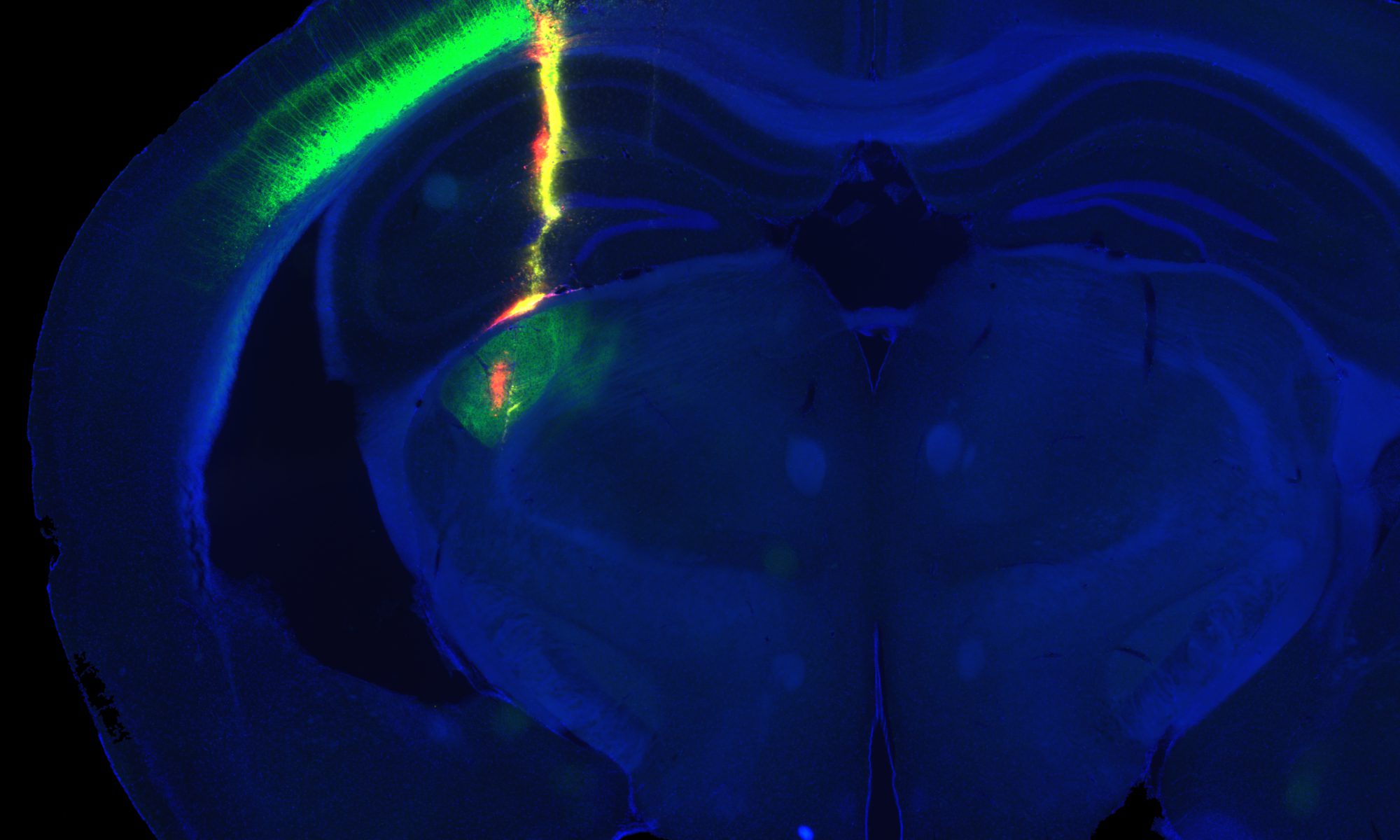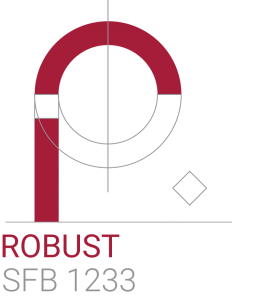Neuronal Circuits of Visual Perception
Investigating Coding in Neuronal Circuits of the Visual System
Our research focuses on understanding how neuronal circuits in the visual system encode and process sensory information, and how these processes are shaped by behavioral context. Vision does not occur in isolation — it is tightly embedded within an animal’s ongoing goals, actions, and internal states. Accordingly, we study how visual computations are dynamically modulated by non-visual factors such as motor activity, arousal, and task demands.
To investigate these interactions, we record the activity of local neuronal populations in the visual system of awake, behaving mice using Neuropixels probes, allowing us to measure activity across multiple stages of the visual pathway — including thalamus and cortex. By combining electrophysiological recordings with eye tracking, optogenetic manipulations, and quantitative modeling, we aim to uncover the circuit-level mechanisms that support context-dependent visual processing and adaptive perception. In collaboration with David Keays’ group, we also explore the visual system in pigeons.
Methods & Approaches
To investigate visual processing in the context of behavior, we present controlled visual stimuli to mice either while they are head-fixed on a spherical treadmill or freely navigating in a choice arena. Depending on the experimental paradigm, animals are trained either to passively view stimuli or to perform visual discrimination tasks that engage visual perceptual decision-making. Throughout these experiments, we closely monitor eye position and movements, enabling us to precisely relate neural responses to retinal input, internal state and behavior.
We use Neuropixels arrays to record the activity of distributed populations of neurons across different stages of the visual system, such as the dorsal lateral geniculate nucleus (dLGN), thalamic reticular nucleus (TRN), and primary visual cortex (V1). These recordings allow us to analyze how information flows through and is transformed across hierarchical circuits during visual processing. To probe the causal role of specific circuits or cell types, we employ optogenetic tools for temporally precise perturbations of neural activity, allowing us to link circuit function directly to visual processing, perception and action.
Collaborators
| Simon Nimpf | LMU Munich, Germany |
| Christian Leibold | University of Freiburg, Germany |
| Philipp Berens | University of Tübingen, Germany |
| Thomas Euler | University of Tübingen, Germany |
| Tatjana Tchumatchenko | University of Bonn, Germany |
| Aman Saleem | UCL London |








